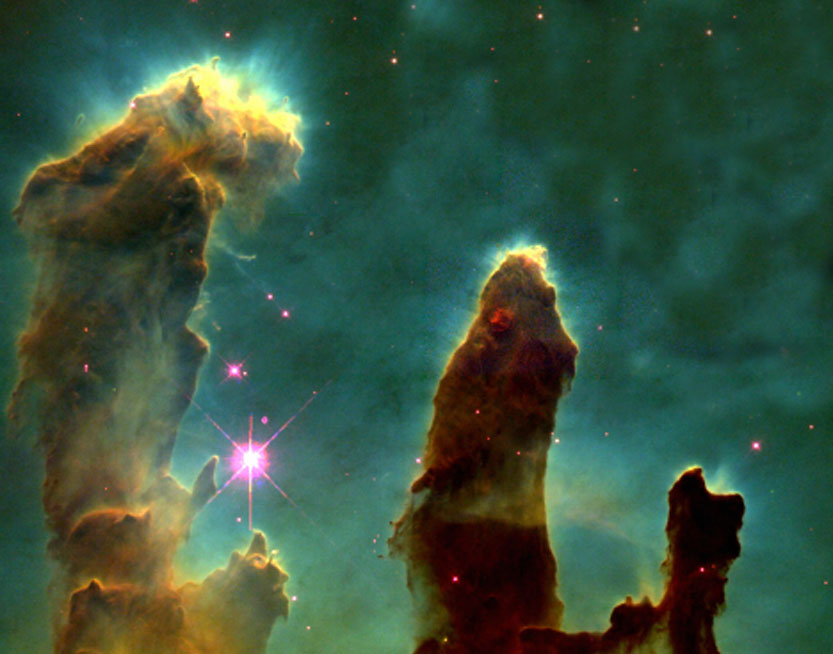SN 1987A Not So Unique Anymore
By BellatrixSN 1987A was a supernova in the outskirts of the Tarantula Nebula in the Large Magellanic Cloud, a nearby dwarf galaxy. It occurred approximately 51.4 kiloparsecs from Earth, close enough that it was visible to the naked eye however it could only be seen from the Southern Hemisphere. It was the closest observed supernova since SN 1604, which occurred in the Milky Way itself. Its brightness peaked in May of 1987 and slowly declined in the following months. It was the first opportunity for modern astronomers to see a supernova up close. But 1987A was different than most observed supernova. Most supernovas grow dimmer with the passage of time as they release their energy. But the X-ray and radio emissions from 1987A grew brighter which made it a bit of an oddity in the world of supernovas. Well it’s no longer alone in this category.
This new supernova, called SN 1996cr was singled out in 2001. It was discovered as a bright variable source in the Cygnus Spiral galaxy using the Chandra X-ray observatory. At the time it could not confidently be identified. Years later astronomers were reviewing the spectrum of the object as seen by Europe’s Very Large Telescope and interest was renewed. Astronomers began looking through the archives of data from many different space and ground based telescopes. 1996cr was identified not only as a supernova but as the brightest supernova ever seen in radio and x-ray. And like SN 1987A its brightness has increased over the years. The two look alike in many ways except that 1996cr is about a thousand times brighter.
The combined data from both supernovae have led astronomers to develop a model of what is happening with these types of explosions. Before the original star exploded, it cleared out a large area in the surrounding gas, either with strong wind or from an outburst late in its life. So the blast wave from the supernova itself could expand relatively unimpeded into this cleared area. However, once the blast wave hit the dense material surrounding it, the impact caused the system to glow brightly in X-ray and radio emission. The X-ray and radio emission from SN 1987A is probably fainter because the surrounding material is less compact.
SN 1987A used to be quite a mystery but with this new data answers are starting to come. And astronomers now think this type of pre explosion clear out could be quite common among dying massive stars. 1996cr not only helps answer questions about 1987A but also gives insight into the deaths of massive stars and the dynamics of what is exactly happening. Hopefully, now that we know what to look for, more of this types of events can be identified and studied.
